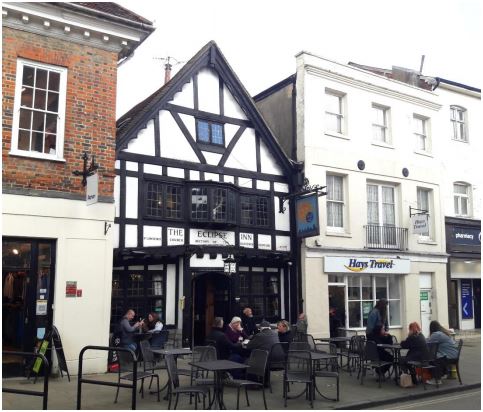As hospitality venues begin to reopen, now seems a good time to celebrate the traditional old pubs in Winchester, and the important part which pubs play in English life.
Winchester, the ancient capital of England, has always attracted visitors to its historic Cathedral and High Street as well as acting as a market centre for the local agricultural area. So the city had need of a good number of pubs to serve its residents and thirsty visitors - there were 132 within the city boundaries in 1902! Let’s raise a glass to those that survive today to refresh and cheer.
Many old pubs in Winchester reflect the city’s long history either in their buildings or through their names. Here are a few; there are many more you can discover by visiting the city this summer.
THE KING ALFRED
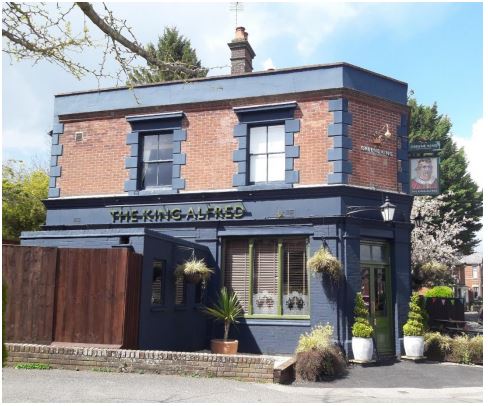
King Alfred the Great has become one of the symbols of Winchester and his statue stands at the bottom of the High Street. Alfred was king of Wessex in the late 800s, before England became a united country, and made Winchester his capital city. We know that the bones of Alfred, his wife and son were once buried in a medieval Abbey in Hyde, a northern suburb of Winchester, but sadly their graves were lost in the later redevelopment of the site. Easier to find is the pub in Hyde, called The King Alfred in his honour, which appropriately stands in Saxon Road.
THE BISHOP ON THE BRIDGE
A rough contemporary of King Alfred was St Swithun, a Bishop of Winchester who is best remembered today for the effect his Saints Day (15th July) has on the weather:
St Swithun's day, if thou dost rain,
For forty days it will remain;
St Swithun's day, if thou be fair,
For forty days 'twill rain na mair.
During his lifetime legend says that Swithun built the first stone bridge across the River Itchen in Winchester. Tripping on an uneven surface during the building works, a peasant woman dropped her basket and cracked the eggs she was carrying, but the kindly Swithun performed a miracle and made them whole again.
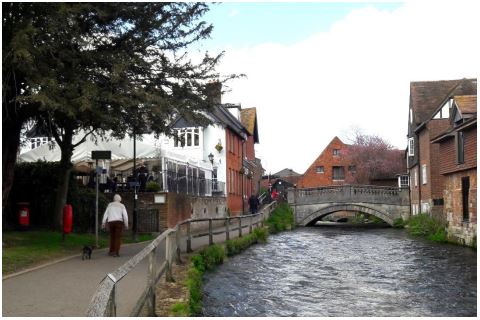
St Swithun’s bridge has now been replaced by a more modern one, but he is remembered in the name of the 19thc Bishop on the Bridge pub next door.
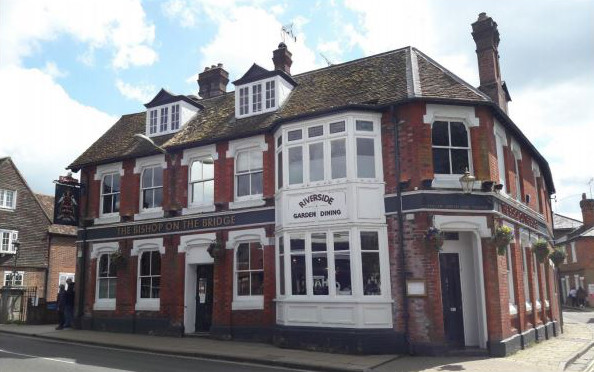
THE WYKEHAM ARMS
William of Wykeham was another Bishop of Winchester, this time in the late 1300s. He is famous for founding both New College at Oxford University and Winchester College public school, and for remodelling Winchester Cathedral in gothic style. Today a pub very near to Winchester College is called The Wykeham Arms in his honour and houses many mementos of the school, including old wooden desks. The author Anthony Trollope attended the College as a pupil in the 19thc and knew the pub which he described then as ‘a very ancient and third rate hostelry’. Its reputation is much better today! Another famous customer was Admiral Lord Nelson who is said to have met his mistress, Lady Hamilton, there.

THE WILLIAM WALKER
William Walker became famous as the deep sea diver who helped to save Winchester Cathedral. The water table is high in central Winchester and the east end of the vast medieval Cathedral was built on inadequate foundations. By the early 1900s the stone structure was sinking and leaning to such an extent that there were real fears it would fall down. William Walker worked for 6 years in flooded trenches to help shore the Cathedral up and is remembered today in The William Walker pub near the entrance to the Cathedral Close. Its pub sign is a replica diving helmet.
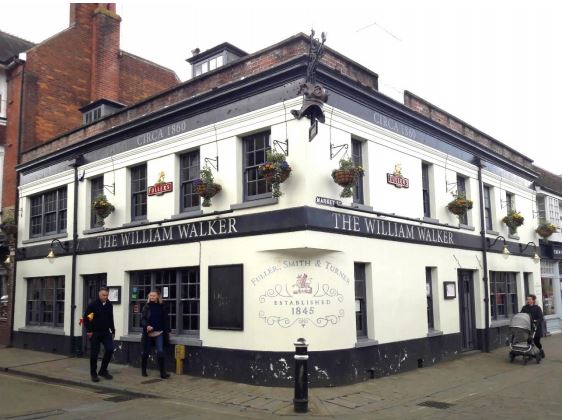
THE BLACK BOY
In contrast nobody knows who the Black Boy was, after whom the pub on Wharf Hill is named. Tradition says he was black because he had been unloading coal from barges on the canal at the bottom of the hill. The canal fell into disuse with the coming of the railway in 1840 but the pub is still there and is now a privately owned Free House.
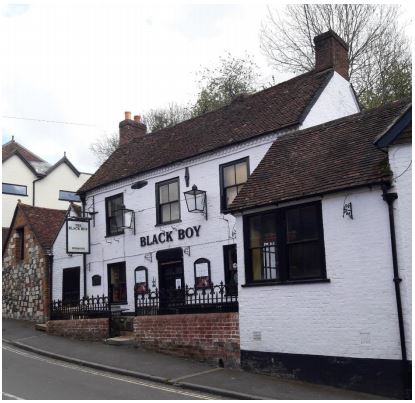
Our last two old pubs in Winchester make use of historic buildings:
THE OLD GAOLHOUSE
This pub was created in 1997 but, as its name suggests, it is on the site of the old city gaol which was in existence from the 1200s. The Old Gaolhouse makes use of part of the frontage of a debtors prison put up by George Moneypenny in 1805. In 1849 the gaol moved out to the edges of the city and so its buildings could be reused for other purposes.
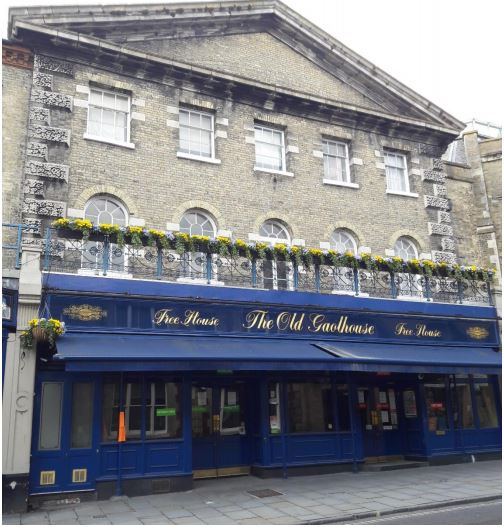
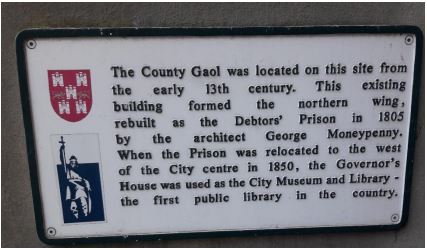
THE ECLIPSE
The timber framed building of The Eclipse dates back to about 1580 and was originally the rectory of the nearby church, St Lawrence in the Square. It became an alehouse c1750 and a pub in the 1800s. The story is that the name The Eclipse was chosen because it was much more popular than a neighbouring pub called the Sun Inn!
The Eclipse was the site of a notorious execution in 1685. Dame Alice Lisle, who lived in the New Forest near Ringwood, was accused of sheltering three fugitives from the defeated army of the Duke of Monmouth. He had raised a rebellion aiming to topple James II from the throne. Despite being 70 years old, Dame Alice was arrested, tried by Judge Jeffreys at the ‘Bloody Assizes’ in the Great Hall of Winchester Castle and sentenced to be burnt at the stake. After a public outcry and petition the sentence was commuted to beheading. She spent her last days in a small room on the top floor of The Eclipse and was executed on a scaffold erected outside. Her ghost still haunts the pub.
